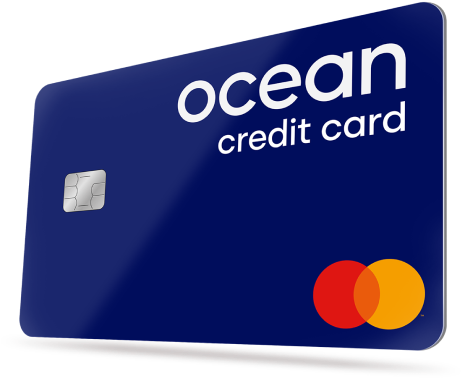Understanding credit card APR
APR represents the annual cost of borrowing money on your credit card, expressed as a percentage. It includes both the interest rate and any additional fees. Lowering your APR can significantly reduce the amount of interest you pay over time, saving you money.
What is a good interest rate on a credit card?
The interest rate you’ll get depends on the type of credit card you want, your credit score and market conditions.
Generally speaking, a ‘good’ interest rate is one that falls below the national average credit card rate. However, average rates can fluctuate over time, so there isn’t a clear standard for what’s considered a good interest rate.
Ways to lower your credit card APR
There are a number of things you can do which could lower your credit card APR, including:
Improving your credit score
There are several ways you can improve your credit score. Paying on time, only using a small portion of your credit limit, and joining the electoral roll.
Negotiating with your credit card issuer
Call your credit card company and ask if they can lower your APR. If you have a good payment history or have been a customer for a while, you may be able to negotiate a better deal. You could also mention any lower APR offers you've received from other companies.
Shopping around for better offers
Compare rates and look for credit cards with lower APRs than your current card. Ensure you understand the terms and conditions of any new card you consider.
Transferring your balance
Some balance transfer cards offer low or 0% APR on balance transfers for an introductory period. Consider any fees (typically 3-5% of the transferred amount), and ensure the savings outweigh the costs. Aim to pay off the transferred balance before the introductory rate expires to avoid higher interest charges.
Improving your debt-to-income ratio
Focus on reducing your overall debt. Look for opportunities to increase your income, which can improve your debt-to-income ratio.
Ways to avoid credit card interest charges
-
Pay your balance in full each month before the due date. This way, you won’t have to pay any interest.
-
Use a 0% APR offer. During this period, you can carry a balance without paying interest. Just make sure to pay off the balance before the 0% period ends.
-
Make payments more often. If you can’t pay off your balance in full, make smaller payments throughout the month. Reducing your balance regularly can lower the amount of interest that builds up.
-
Avoid withdrawing cash as these transactions usually come with high fees and start accruing interest immediately.
-
Know your grace period, which is the time between the end of your billing cycle and the due date. Interest isn’t charged if you pay off your balance in full during this time.
-
Set up reminders using your bank’s app or website for due dates and payment amounts.
-
Keep balances low and only spend only what you can afford to pay off each month.
-
Choose the right credit card with benefits that suit your spending habits. This can make it easier to manage payments and avoid interest.
Ocean Credit Card
See if it's a YES before you apply
- Up to £8,000 credit limit
- Checking won't affect your credit score
- Get a response in 60 seconds
39.9% APR
Representative (variable)
Intelligent Lending Ltd (credit broker). Capital One is the exclusive lender.

Disclaimer: We make every effort to ensure content is correct when published. Information on this website doesn't constitute financial advice, and we aren't responsible for the content of any external sites.






